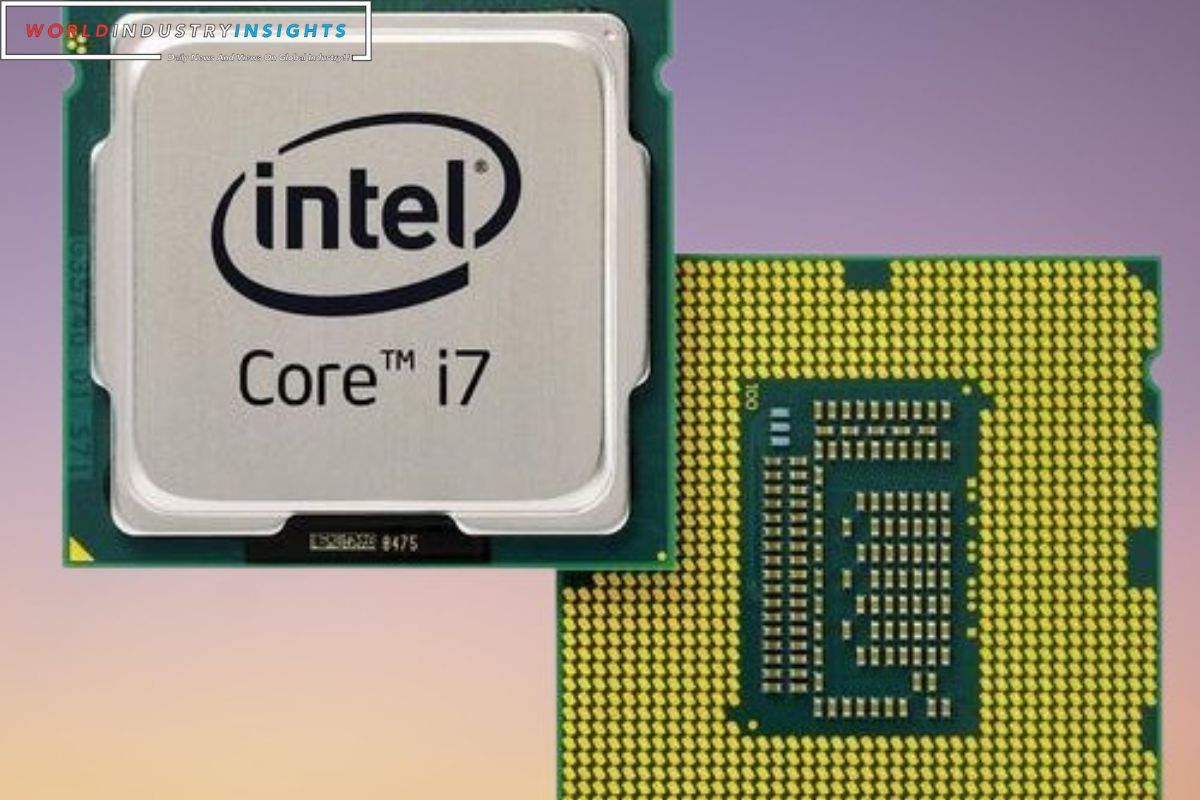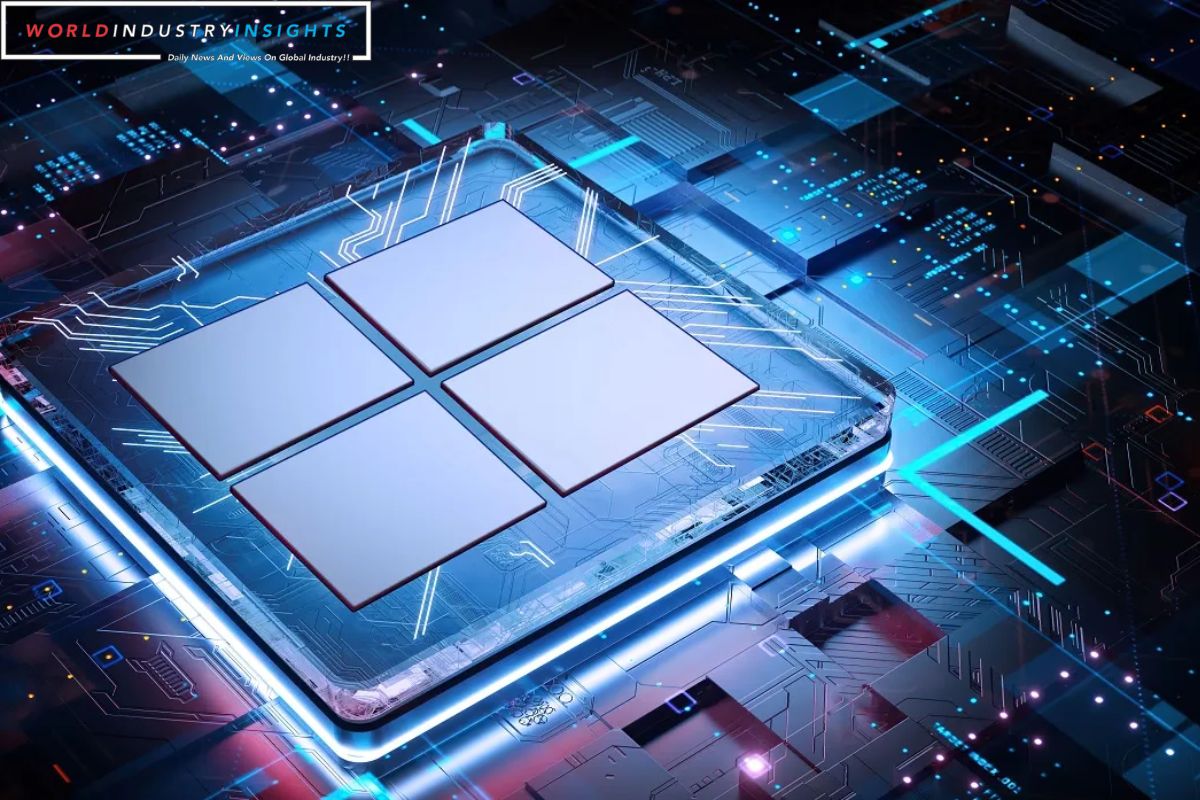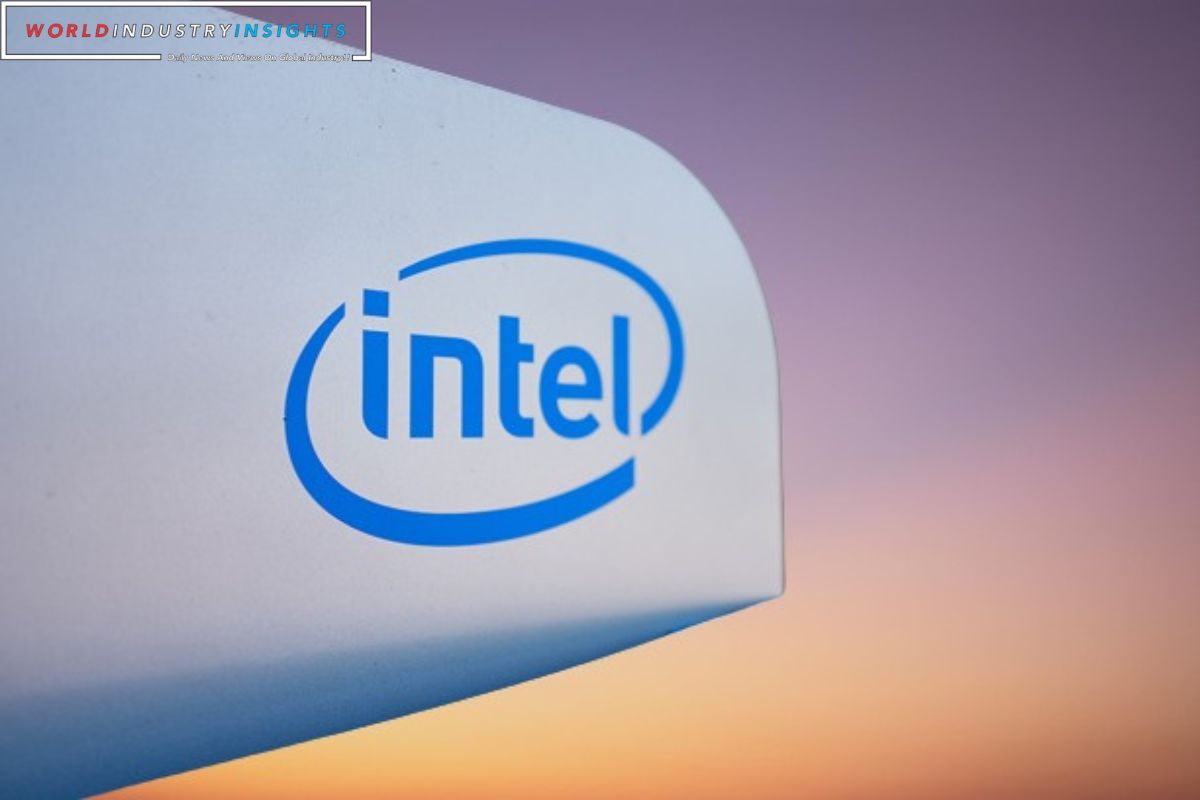Intel’s Trillion Transistor Vision: In the ever-evolving landscape of technological advancements, Intel’s trillion transistor vision marks a significant milestone in the pursuit of progress. As we enter the era of Super Moore’s Law, the possibilities for innovation and efficiency seem boundless.
Intel’s commitment to pushing the boundaries of technology is evident in their recent investment in a new plant in Israel, a strategic move that emphasizes their resilience and determination to stay at the forefront of the industry.
With the upcoming release of the Arrow Lake Processor, Intel is poised to revolutionize computing power and pave the way for a new era of possibilities. However, as with any endeavor of this magnitude, there are challenges to navigate and uncertainties to address.
In this discussion, we will delve into the intricacies of Intel’s trillion transistor vision, exploring the potential it holds, the obstacles it may encounter, and the future outlook for this groundbreaking endeavor.
Key Takeaways
- Intel aims to achieve a trillion transistors by 2030, surpassing Moore’s Law’s pace by 2031.
- Intel’s vision of ‘Super Moore’s Law’ emphasizes increasing transistor counts and requires unprecedented innovation and breakthroughs.
- Advanced innovations like RibbonFET technology and PowerVIA Power Delivery revolutionize chip packaging and enable more powerful devices.
- Intel’s investment in a new chip plant in Israel reinforces their commitment to resilience and global expansion, generating jobs and boosting economic growth in the region.
Intel’s Trillion Transistor Ambition and Super Moore’s Law
Intel’s ambitious goal of achieving a trillion transistors by 2030, coupled with their vision of surpassing Moore’s Law’s pace by 2031, marks a significant leap forward in the chip packaging industry. This bold move demonstrates Intel’s commitment to pushing the boundaries of technological advancement.
By aiming for such a monumental increase in transistor count, Intel is not only challenging the limits of what is currently possible but also setting a new standard for the industry. This ambitious goal will require unprecedented innovation and technological breakthroughs.
Also Read: Intel CEO Gelsinger Affirms: No Spin-Off Plans for Chip Manufacturing Business
As Intel strives to achieve this trillion transistor milestone, they are not content with merely adhering to Moore’s Law; they plan to go beyond it. The concept of ‘Super Moore’s Law’ or ‘Moore’s Law 2.0’ emphasizes their dedication to increasing transistor counts even further, paving the way for more powerful and efficient microprocessors.
Intel’s trillion transistor ambition and their vision of surpassing Moore’s Law’s pace are poised to reshape the future of chip packaging and solidify Intel’s position as a leader in the industry.
Exploring Advanced Innovations
As the pursuit of technological advancement continues, the chip packaging industry is witnessing a wave of advanced innovations that promise to redefine the limits of performance and efficiency. Intel, a key player in this field, is exploring cutting-edge technologies to push the boundaries of chip design.
One such innovation is RibbonFET, a technology already employed by Samsung for 3nm production. RibbonFET covers all four sides of the transistor, reducing current leakage and enhancing performance. This breakthrough design allows for faster and more efficient processing.
Another avenue Intel is exploring is PowerVIA Power Delivery, which relocates power supply lines to the rear of the chip. This not only improves power efficiency but also frees up valuable space on the chip for other components. These advanced innovations are poised to revolutionize the chip packaging industry, enabling even more powerful and energy-efficient devices in the future.
| Technology | RibbonFET | PowerVIA Power Delivery |
|---|---|---|
| Benefits | Reduces current leakage | Improves power efficiency |
| Enhances performance | Frees up space on the chip | |
| Implementation | Already used by Samsung | Under exploration by Intel |
| for 3nm production | ||
| Future Potential | Revolutionize chip packaging | Enable more powerful and |
| industry | energy-efficient devices |
New Plant in Israel: An Investment in Resilience
With approval from the Israeli government, Intel Corporation has secured a $3.2 billion grant to construct a new $25 billion chip plant in southern Israel, reinforcing its commitment to resilience and global manufacturing expansion.
This investment highlights Intel’s dedication to strengthening its presence in the semiconductor industry and ensuring a reliable supply chain. By establishing a new facility in Israel, Intel aims to capitalize on the country’s skilled workforce and technological expertise.
The new plant is expected to generate several thousand jobs, boosting employment opportunities and economic growth in the region. Moreover, Intel’s commitment to purchasing $16.6 billion worth of goods and services from Israeli suppliers over the next decade demonstrates its long-term commitment to fostering a mutually beneficial relationship with the local industry.
This investment not only strengthens Intel’s resilience but also contributes to the growth and development of Israel’s semiconductor sector.
Pushing Technology Boundaries: Arrow Lake Processor
Reimagining the future of chip manufacturing, Intel is poised to revolutionize the industry with its upcoming Arrow Lake processor, introducing groundbreaking technologies that push the boundaries of technological advancements.
Scheduled for release in late 2024, this processor is set to reclaim Intel’s leadership in chip manufacturing.
The Arrow Lake processor will feature two game-changing technologies: RibbonFET and PowerVia.
RibbonFET, a nanosheet transistor, aims to replace the existing FinFET technology and offers improved energy efficiency by up to 15%. This means better performance and longer battery life for devices powered by the Arrow Lake processor.
Additionally, PowerVia introduces back-side power delivery, separating power and processing for enhanced optimization.
With these innovations, Intel is set to deliver a processor that not only outperforms its predecessors but also sets a new standard for the industry.
Navigating the challenges and looking towards the future, Intel’s upcoming Arrow Lake processor holds the potential to revolutionize the chip manufacturing industry with its groundbreaking technologies. The successful implementation of RibbonFET and PowerVia could position Intel as a pioneer in these advancements, potentially allowing the company to regain its lead in chip manufacturing.
However, this move is not without its hurdles. Precision in manufacturing is crucial for the success of the Arrow Lake processor, as any deviation could lead to subpar performance. Additionally, cost considerations will play a significant role in the industry’s adoption of evolving transistor technologies.
Despite these challenges, Intel’s commitment to innovation and their extensive research and development capabilities give hope for a positive future outlook. With the Arrow Lake processor, Intel aims to reshape the chip manufacturing landscape, ushering in a new era of computing power and efficiency.
Conclusion Of Intel’s Trillion Transistor Vision
In conclusion, Intel’s trillion transistor vision and the advent of super Moore’s Law showcase the company’s commitment to pushing the boundaries of technology.
With their advanced innovations, new plant in Israel, and the development of the Arrow Lake Processor, Intel is poised to tackle future challenges and maintain their position as a leader in the industry.
The future looks promising as Intel continues to invest in resilience and explore new possibilities in the world of transistors.
Our Reader’s Queries
Which GPU has the highest transistor count?
TSMC’s 7 nm FinFET process has produced a wafer with 2.6 trillion MOSFETs spread across 84 exposed fields. The current leader in transistor count is AMD’s MI300X, which boasts 153 billion MOSFETs and is built on TSMC’s N5 process.
How will Moore’s Law continue?
While Moore’s Law may eventually hit a physical barrier, there are still plenty of reasons to be hopeful about the future of technology. Experts predict that advancements in chip architecture, quantum computing, and AI and machine learning will continue to push the boundaries of what’s possible. With these exciting developments on the horizon, it’s clear that the world of tech is far from standing still.
How many transistors does Intel have?
The latest Intel® Core processor, known as the 3rd Generation, boasts an impressive quad core design and an astounding 1.48 billion transistors. To put this into perspective, if each transistor were a person, this chip would have more “people” than the entire population of China, which is approximately 1.3 billion. This level of technological advancement is truly remarkable and demonstrates the incredible capabilities of Intel’s cutting-edge processors.
What was the first CPU with 1 million transistors?
Back in 1989, Intel Corp. made waves in the tech world with the introduction of their i860 RISC chip. This powerful microprocessor boasted an impressive 1 million transistors and was the first of its kind to utilize a reduced instruction set. With its advanced graphics capabilities, the i860 quickly became known as a true powerhouse in the industry.




